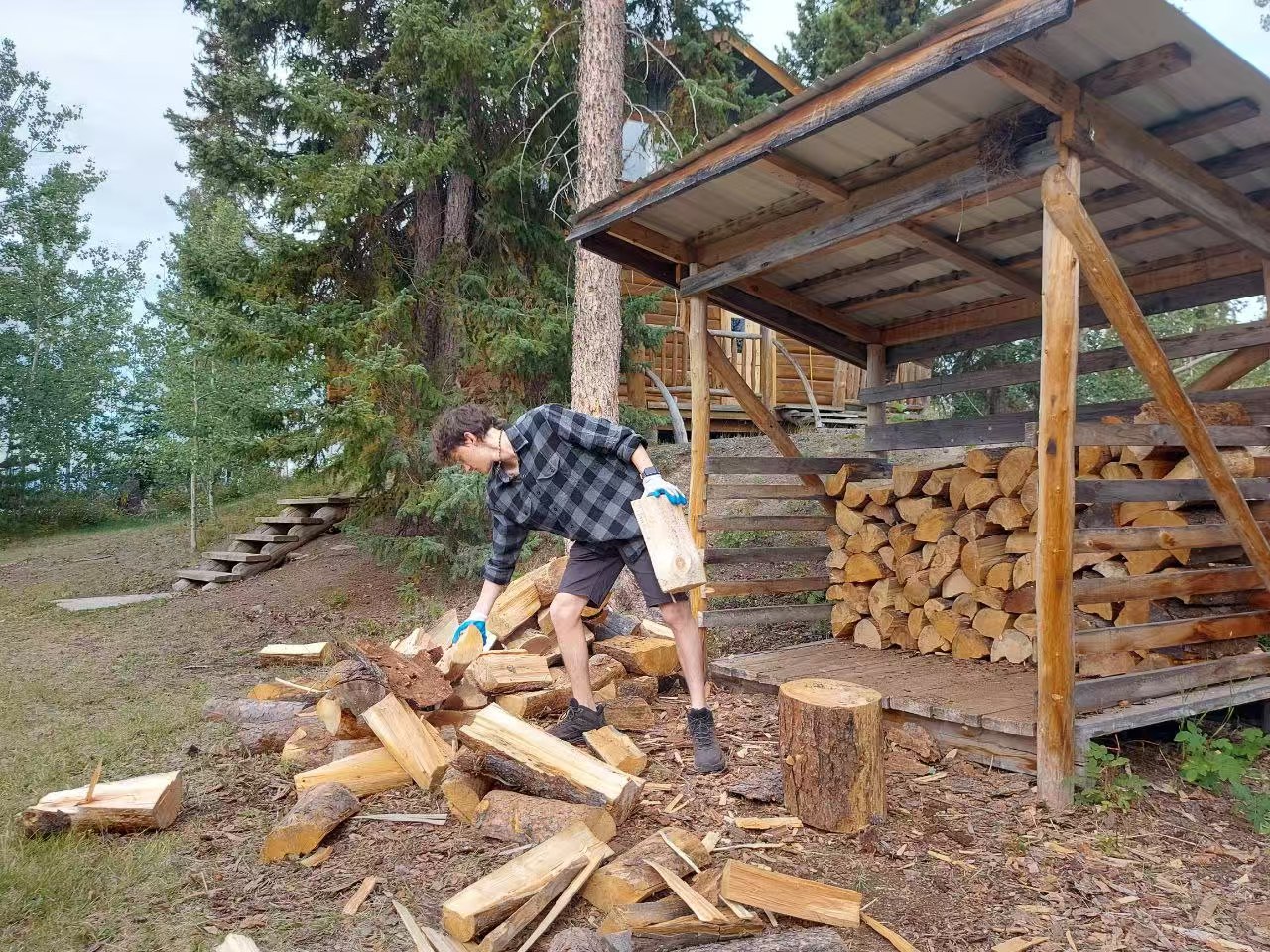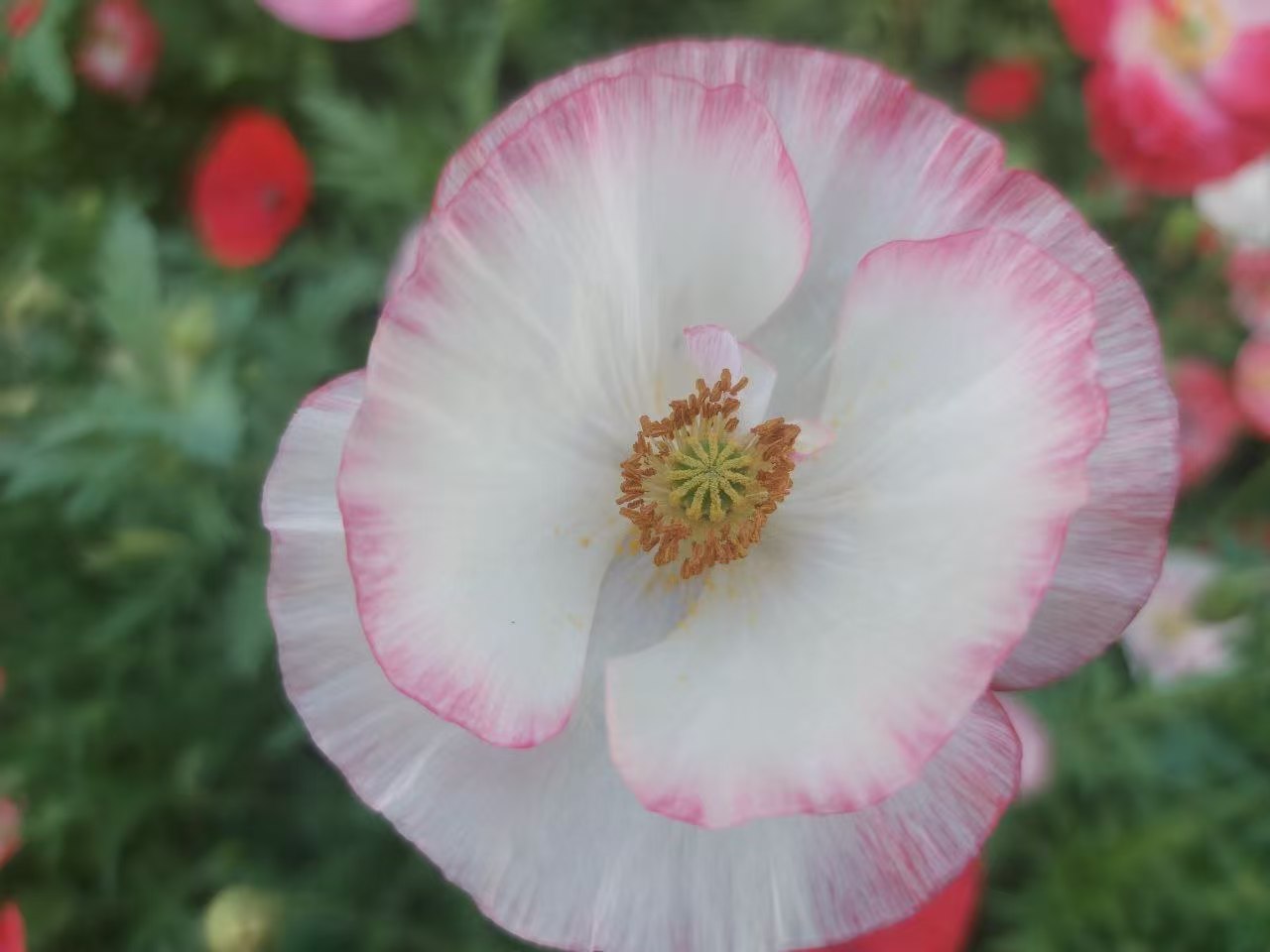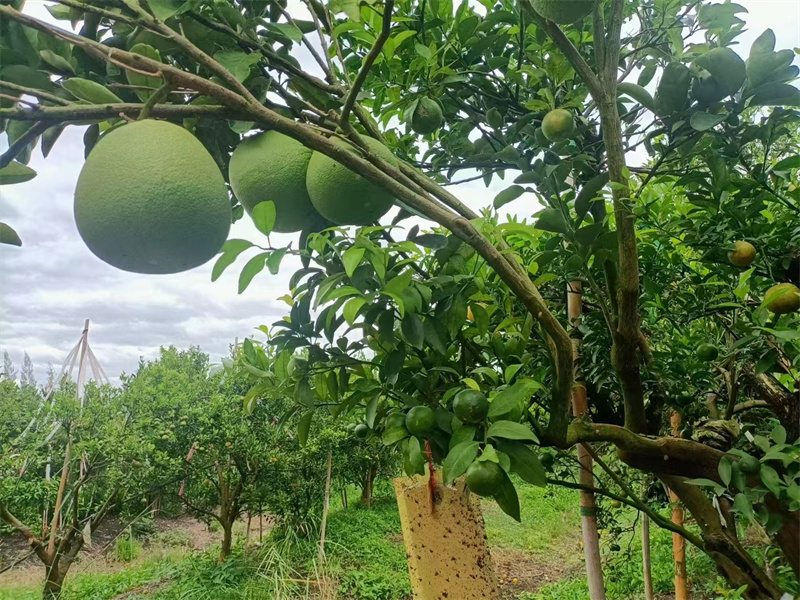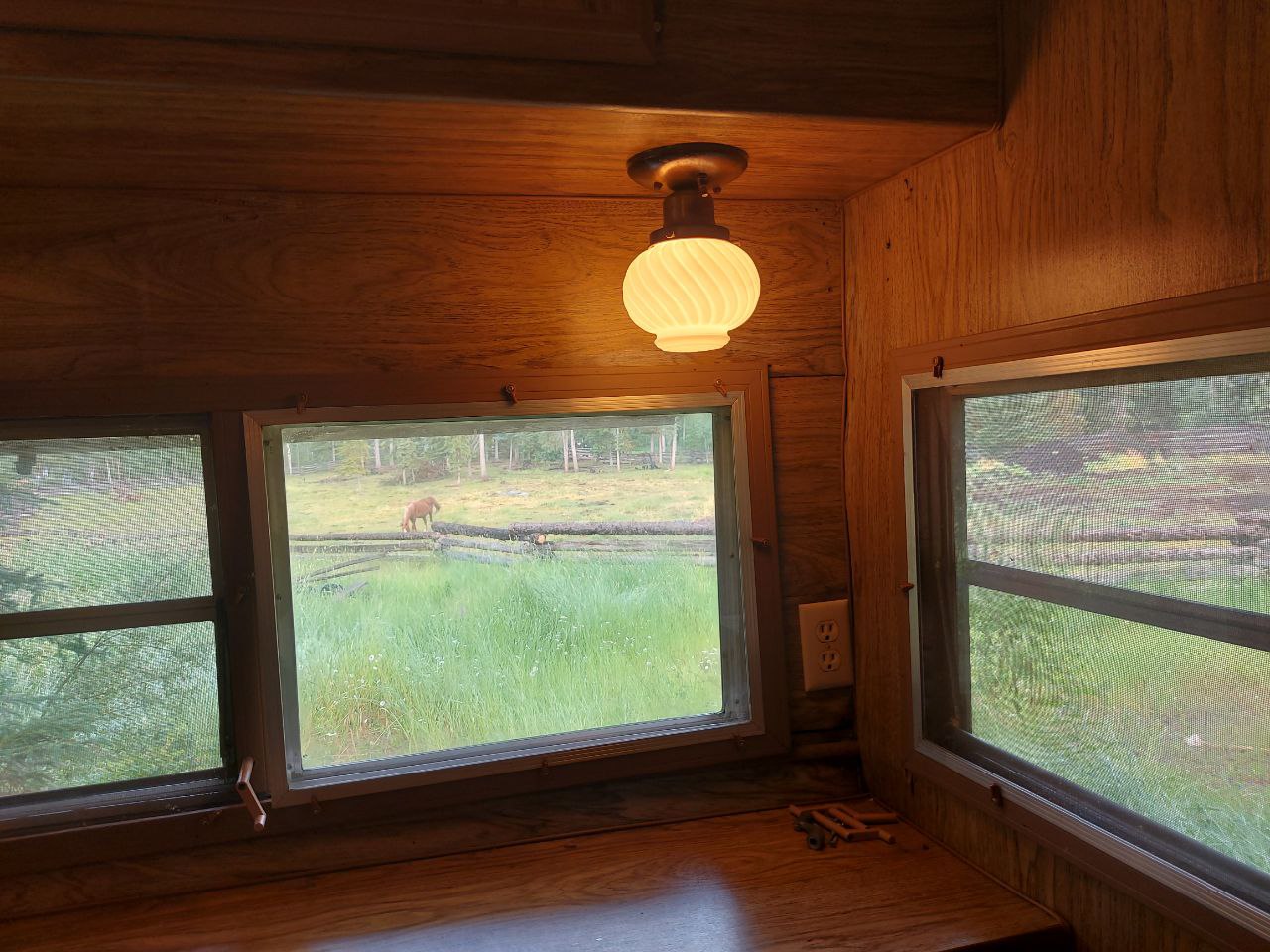Permaculture Guilds: 7 Reasons Why You Should Use Them

What is a permaculture guild?
A permaculture guild is a carefully assembled selection of plants (and animals), typically gathered around a central plant.
If you don’t like to be restricted, you can choose a central selection of plants, say, fruit trees in a mandala garden.
The supportive plants are selected to enhance the self-sufficiency of the central plant by reducing the work needed to manage it and/or improving its yield.
Why choose to grow plants in guilds? Each plant needs at least 4 things: Nutrients (mainly Nitrogen), Mulch, Pollination, Protection (from pests and competition). It’s only natural that each plant we choose should not only serve as food, but also provide a surplus of at least one service to the guild. Some, like comfrey, provide many.
The main benefits of permaculture guilds Here are some of the roles that different plants and animals take in a permaculture guilds.
1. Easy picking Plants that love to grow together often complement in taste, too. Dill, grown under apple trees provides a habitat for predatory wasps and also tastes great with apples.
Marigolds, grown with cucumbers deter nematodes. They also make for a nice salad together.
2. Source of nutrients Nitrogen fixing plants (clover, lucerne, lupinus and other legumes) transform nitrogen from the atmosphere into ammonia, the source of nitrogen that is readily available for other plants to use. Nitrogen is the main nutrient that plants use.
Animals help to fertilize the soil as well. A chicken tractor is one example.
3. Act as mulch Many plants that grow low to the ground can be used as a living mulch. They retain moisture in the soil, prevent soil erosion, deter weeds and generally have all kinds of benefits. Excellent examples are clover (which also fixes nitrogen and thus can be used as a green manure), spinach, strawberries, …
Additionally, every plant that sheds its’ leaves in the autumn also contributes to the mulch.
4. Provide shelter from extreme weather conditions Nitrogen fixing trees, such as tagasaste or acacia, interplanted with fruit trees, not only provide the nutrients and mulch, but also reduce frost dangers and provide shade for sensitive trees (like citrus).
Strong trees, like poplar, also provide shelter from damaging winds.
5. Control pests Introducing and encouraging helpful animals greatly reduces our work and provides many benefits in the long run.
Ducks are ferocious snail and slug eaters. As the great Bill Mollison put it: “You don’t have a slug excess, you have a duck deficiency.”
Beneficial insects can be encouraged by planting a few insect hosting plants: buddleia, salvia, … This will also increase the numbers of insect eating birds. Remember, some insects are voracious predators in their larvae stage.
As already mentioned, marigolds deter nematodes that often damage tomatoes, potatoes, and eggplants.
Other plants can be used for trap cropping. Geraniums are used in rose gardens, because they are toxic for Japanese Beetles, a costly pest that feeds on nearly 300 plant species.
6. Enhance flavor Some plants (e.g. herbs) actually improve the taste of those that grow around them.
7. Serve as a safety net By growing many different plants in the same space, we guarantee ourselves at least some yield, even if some of them don’t live up to their potential.
Are guilds the same as companion planting? No. Guilds can also be observed in nature. An example is the White Oak guild. Companion planting, as the name suggests, is a type of planting (actually a form of polyculture), used in gardening and agriculture. Guilds can be thought of as an extension of companion planting.
Probably the best known companion planting technique is The Three Sisters. It consists of corn, which provides the support for climbing beans, which fix the nitrogen for the squash, which in turn serves as a mulch. This type of companion planting was pioneered by Native Americans.
|  Haha, I’ve got a helper now!
Xuefeng
September 8, 2024
(Translation edited by Q
Haha, I’ve got a helper now!
Xuefeng
September 8, 2024
(Translation edited by Q
 Haha, I felt young again!XuefengYesterday morning, after breakfast, I started ch
Haha, I felt young again!XuefengYesterday morning, after breakfast, I started ch
 Papaver rhoeas: The Designated Flower of Lifechanyuan
by Xuefeng
August 20, 2024
Papaver rhoeas: The Designated Flower of Lifechanyuan
by Xuefeng
August 20, 2024
 Joyful Games and Warm Welcome for Gabi at Lifechanyuan's Thai Home
Qianzi Celest
Joyful Games and Warm Welcome for Gabi at Lifechanyuan's Thai Home
Qianzi Celest
 Chilean Girl Gabi Experiences the Life of Lifechanyuan Thailand Second Home Comm
Chilean Girl Gabi Experiences the Life of Lifechanyuan Thailand Second Home Comm
 Another Clean and Tidy Joy House
In the tourist resort Holy Land Home, the guide
Another Clean and Tidy Joy House
In the tourist resort Holy Land Home, the guide
 Post time 2017-10-09 15:12:34
|
3579views0replies
Show the author posts only
|View large image
Post time 2017-10-09 15:12:34
|
3579views0replies
Show the author posts only
|View large image
 |Descending
|Read mode
|Descending
|Read mode





 Favorites
Favorites Relay
Relay Shares
Shares Collection
Collection